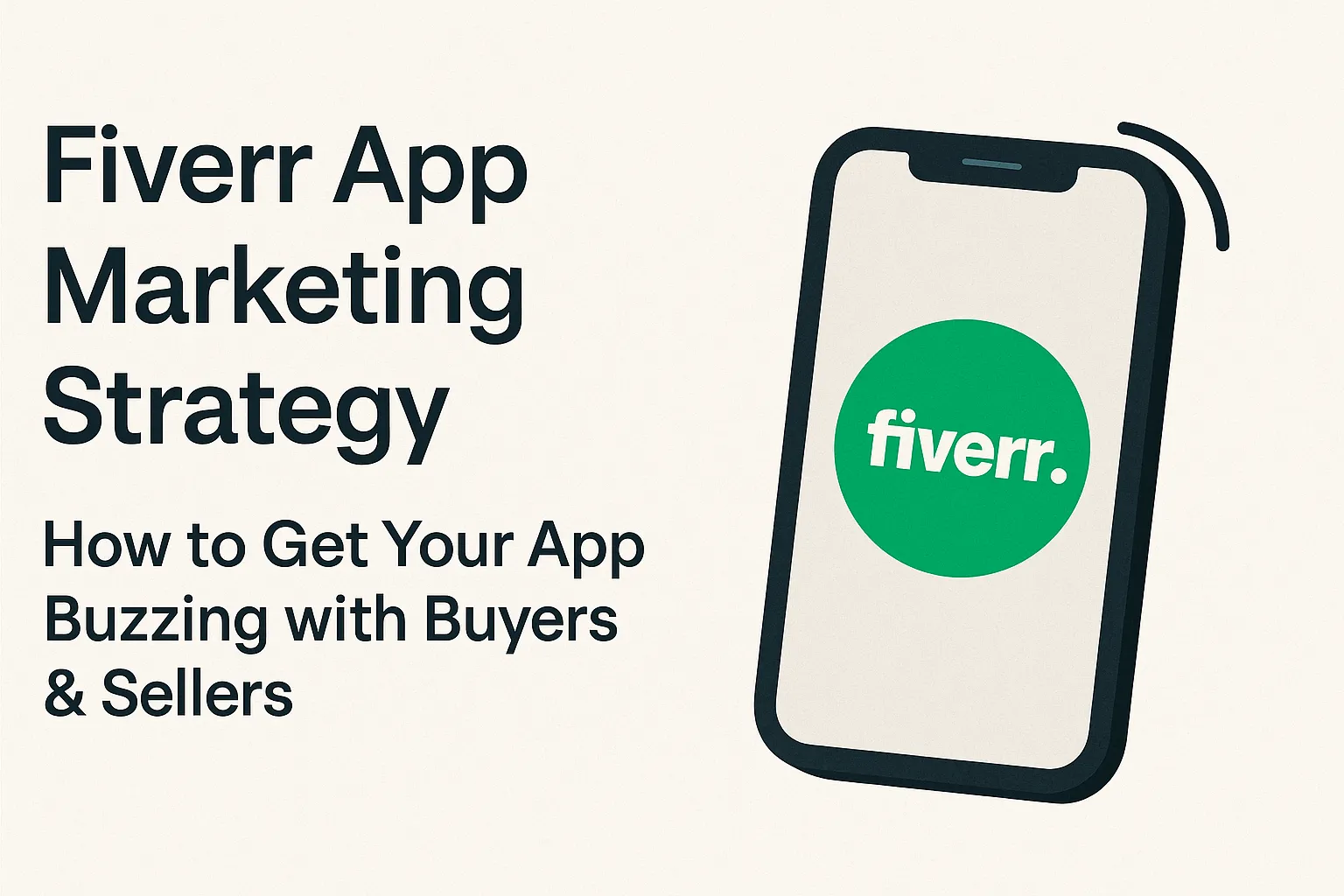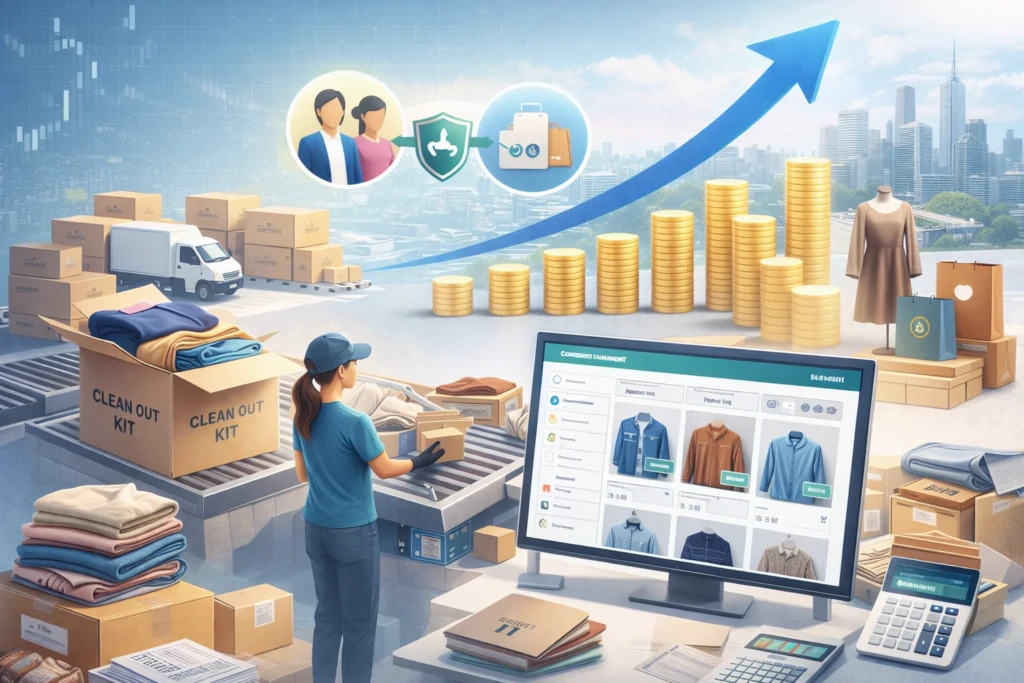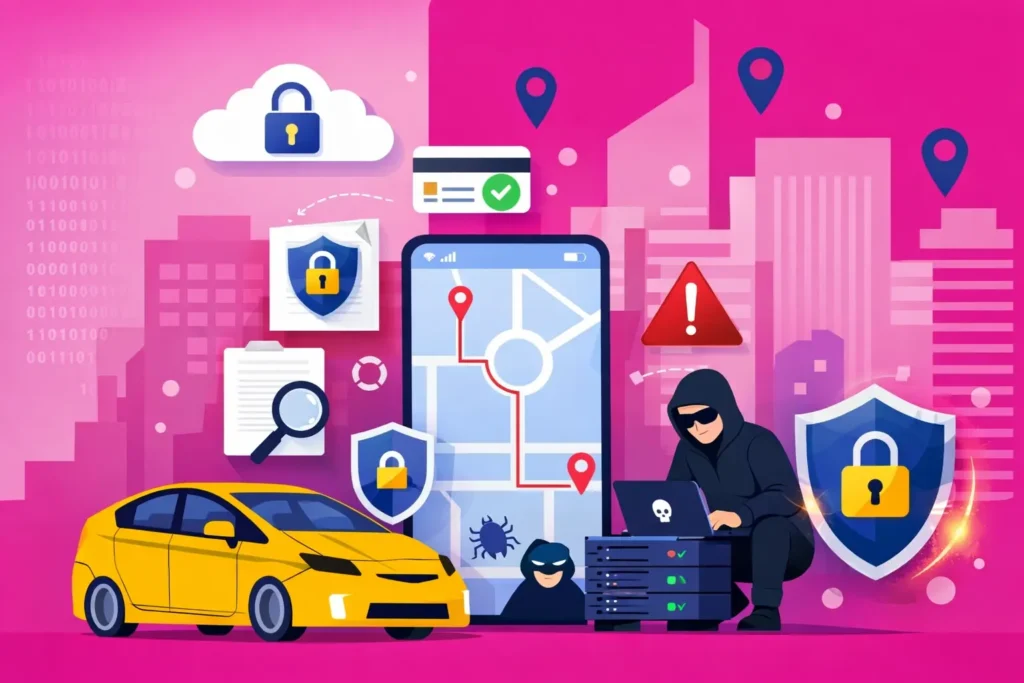Ever felt that mix of excitement and dread when launching your app? You’ve built something powerful—maybe even the next Fiverr clone—but now you’re staring into the digital abyss, wondering, “How the heck do I get users?” Been there, done that. You’re not alone. Most app creators get stuck not at development, but at discovery.
In the gig economy, marketing isn’t just a bonus—it’s the whole ball game. Like freelance market Fiverr didn’t become a household name just because it was functional. It became a movement by understanding creators, freelancers, side hustlers, and buyers, and marketing to them like a dream.
If you’re building—or thinking of building—a Fiverr-style app, this guide will walk you through a marketing strategy that actually works. No jargon, no fluff. Just real tactics, growth hacks, and lessons from the battlefield. (And hey, if you need help building that clone, Miracuves has your back.
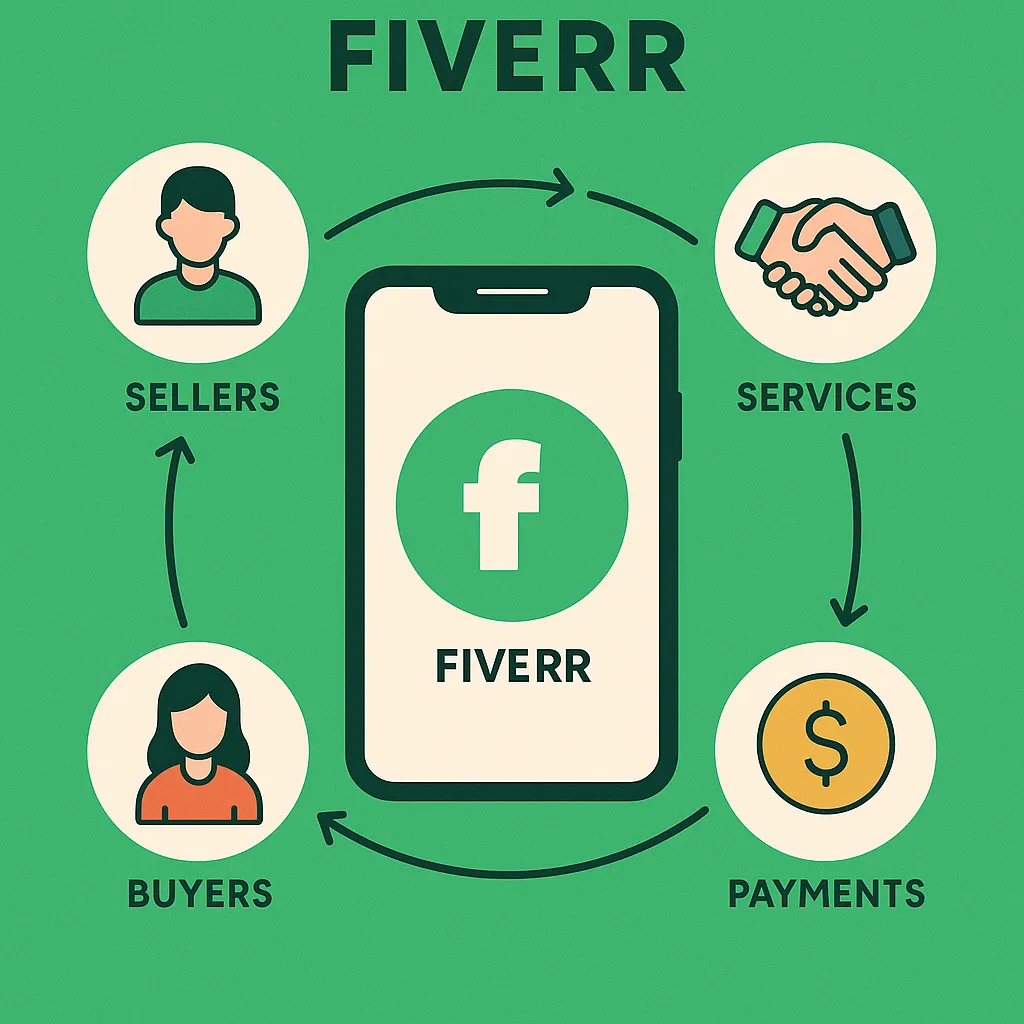
What Made Fiverr Tick: A Marketing Breakdown
Fiverr’s Value Prop in One Line:
“Get anything done for just $5.” That’s it. That’s the bait that launched millions of gigs.
- Low-barrier entry drew in users who wouldn’t have hired freelancers otherwise.
- Simplicity in UX: No invoices. No contracts. Just click and go.
- Viral visibility: Fiverr sellers did their own marketing—bringing their audience to the platform.
Lesson: If your Fiverr clone app is just another gig marketplace, you’ll drown. But if you stand for something clear and emotionally magnetic, users will rally behind you.
Targeting the Right Audience (Spoiler: It’s Not “Everyone”)
Trying to market to everyone is like throwing spaghetti at a fan. Messy and ineffective. Instead, you need laser-focused user personas:
Seller Personas:
- Creators: Artists, logo designers, video editors
- Side Hustlers: People monetizing hobbies
- Remote Workers: Full-time freelancers seeking global gigs
Buyer Personas:
- Startup Founders: Need logos, pitch decks, websites
- Agencies: Outsource overflow tasks
- Solo Creators: Podcast intros, YouTube thumbnails
Marketing Tip: Run category-specific campaigns. Promote “Hire a Logo Designer in 24 hours” rather than “Join our gig marketplace.”
Learn More: Build an App Like Fiverr – Full-Stack Developer Guide (JS & PHP)
Fiverr’s Monetization Strategy & What You Can Copy
- Take a cut from every gig (20%)
- Tiered seller levels with perks
- Premium gig upgrades
- Fiverr Business – a SaaS upsell for teams
If you’re building your own Fiverr-style platform, think beyond commission:
- Add subscription plans for heavy users
- Charge for profile boosts or verified badges
- Offer seller analytics as a paid feature
Pre-Launch Marketing Tactics: Don’t Wait for Launch Day
1. Build a Waitlist
Use a landing page with a simple CTA:
“Be among the first 100 to sell on [App Name] and get featured!”
2. Referral Loops
Let users earn rewards for inviting sellers and buyers.
3. Tease on Social Media
Show mockups, testimonials from early testers, countdown timers.
4. Micro-influencer Partnerships
DM small creators on Instagram/YouTube. Offer them spotlight placements for launch day.
Post-Launch Growth: The Real Battle
Here’s where most apps stumble. Launch hype fades, and crickets start chirping. You need momentum tactics.
1. Seller-Led Growth (UGC)
Empower sellers to promote their gigs. Give them tools: branded gig cards, shareable links, affiliate earnings.
2. SEO & Content Marketing
Fiverr ranks for terms like “hire logo designer online.” You should too.
- Create pages like:
- “Hire Freelance Video Editors in India”
- “Top 10 Logo Designers for Startups in 2025”
Use hypernyms and hyponyms naturally: freelancers, contractors, gigs, projects, remote jobs, micro-tasks.
3. Paid Ads (But Smartly)
Start with retargeting:
- Visitors who viewed your seller onboarding page
- Users who abandoned gig checkout
Use catchy CTAs:
“Your dream gig is waiting. Don’t ghost it.”
4. Push Notifications & Re-engagement
Cart abandonment nudges, trending gigs, “someone just hired a designer like you.”
App Store Optimization (ASO): Don’t Skip This!
- Keyword-rich title: e.g., “Gigster: Hire Freelancers & Get Work Done”
- Screenshots: Show real gig categories, onboarding
- Ratings & Reviews: Incentivize early users with discounts
Also, focus on long-tail keywords like:
- “freelance logo design app”
- “top gig marketplace for podcast editors”
Going Global? Or Local First? Features
Fiverr went global. You can go local first.
- Language-based onboarding (Hindi, Arabic, etc.)
- Local payment gateways (UPI, bKash, M-Pesa)
- Niche categories: Voiceover in Malayalam? Gold.
Start where your audience is underserved.
Learn More: Top Fiverr Features That Power Freelance Platforms
Future-Proofing Your Fiverr Clone
- Integrate AI: Logo generators, gig title suggestions
- Blockchain & Escrow: Safer transactions
- Gig Subscriptions: Recurring services (social media managers, SEO audits)
The gig economy isn’t going anywhere. But the apps serving it? Only the bold survive.
Want a better grasp of this? Check out our Fiverr Clone Development service to see how we build it with monetization baked in.
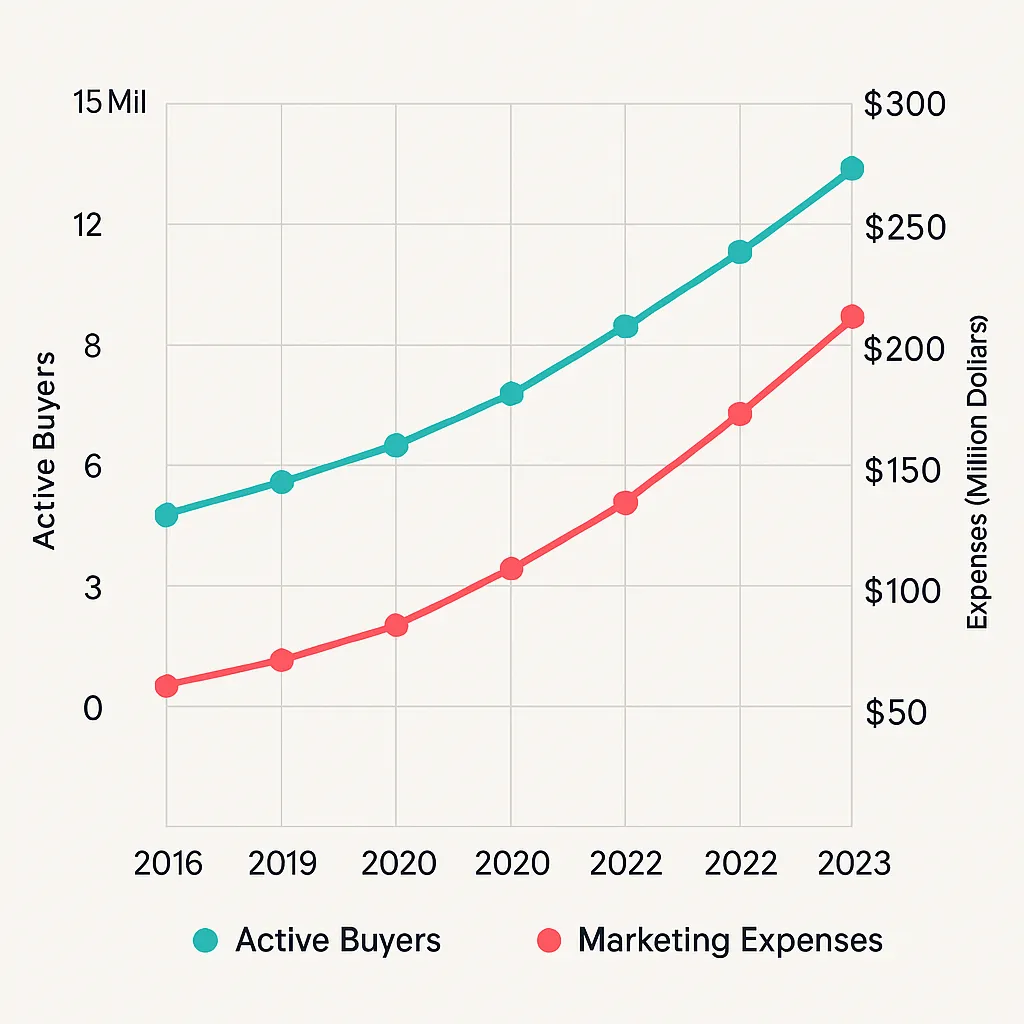
Conclusion
If you’re serious about launching a Fiverr-like app, don’t just copy the features. Copy the thinking. The emotion. The hustle. Marketing isn’t just about showing up. It’s about showing why you matter.
At Miracuves, we help innovators launch high-performance app clones that are fast, scalable, and monetization-ready. Ready to turn your idea into reality? Let’s build together.
FAQs
What’s the best channel to promote a Fiverr clone?
Start with creator communities (Reddit, Discord, Instagram) and run influencer shoutouts. Target both sellers and buyers.
Should I use Fiverr’s exact business model?
You can, but it’s smart to tweak it. Add more monetization layers like seller subscriptions or featured placements.
How long does it take to see traction?
With solid pre-launch and influencer marketing, 2–3 months can get you your first 1,000 users.
Is SEO really important for gig marketplaces?
Absolutely. Long-tail SEO drives free traffic from high-intent users. It compounds over time.
Should I launch a mobile app or web app first?
Web is cheaper to test the idea. Mobile drives engagement. Ideally, launch both with cross-sync.
Can Miracuves help with marketing too?
Yes! While we specialize in development, we collaborate with marketing pros and provide tech that supports viral growth.



